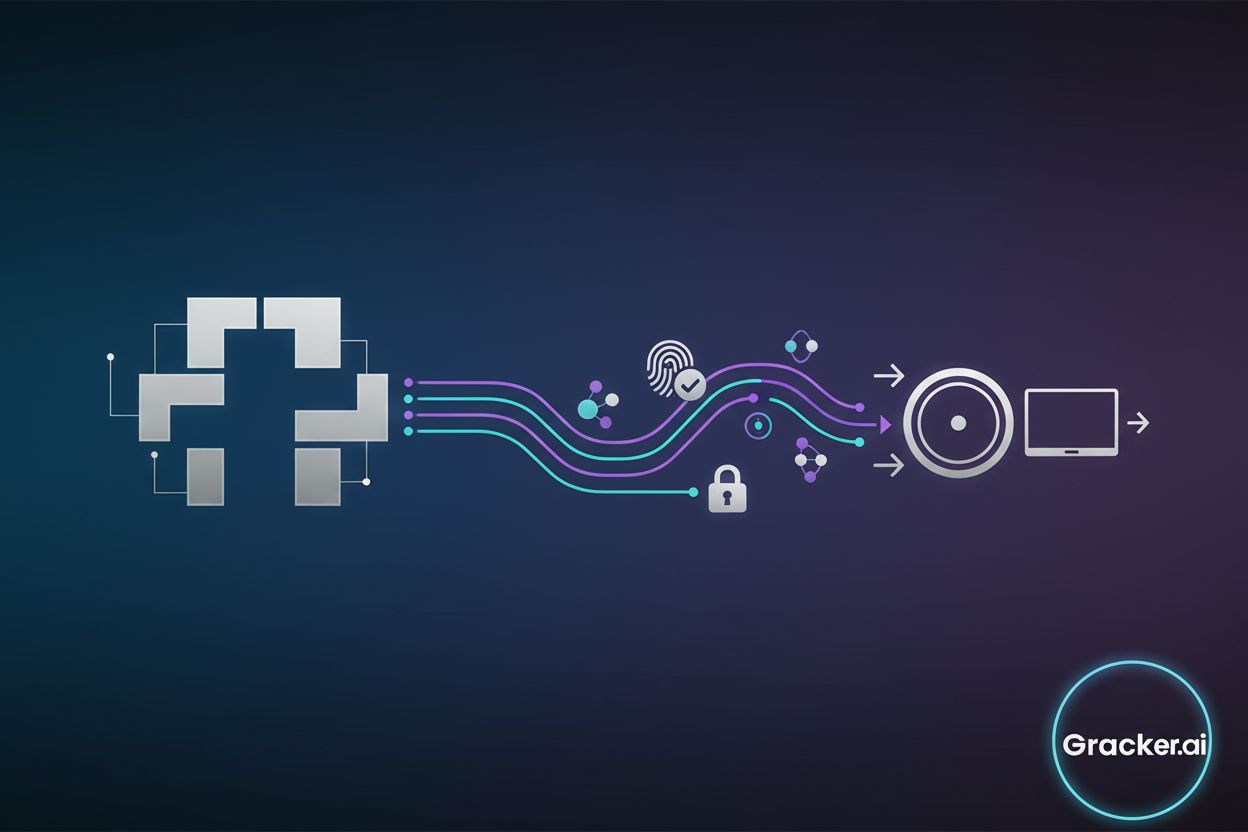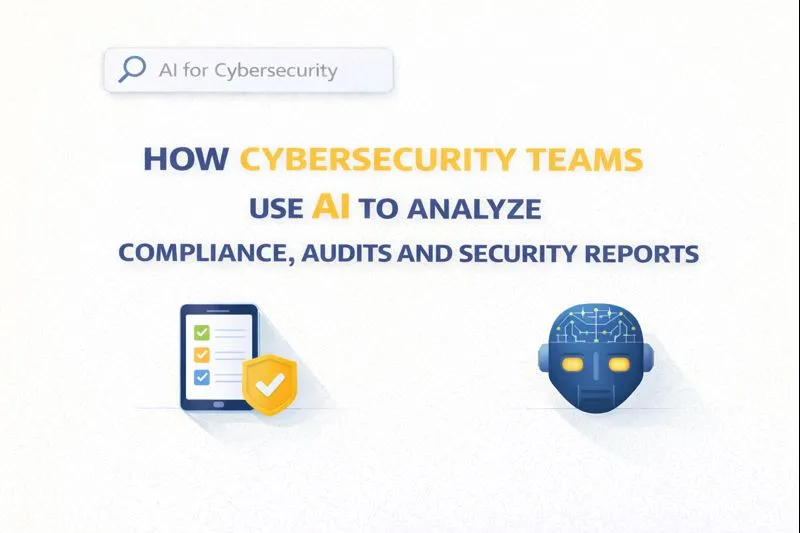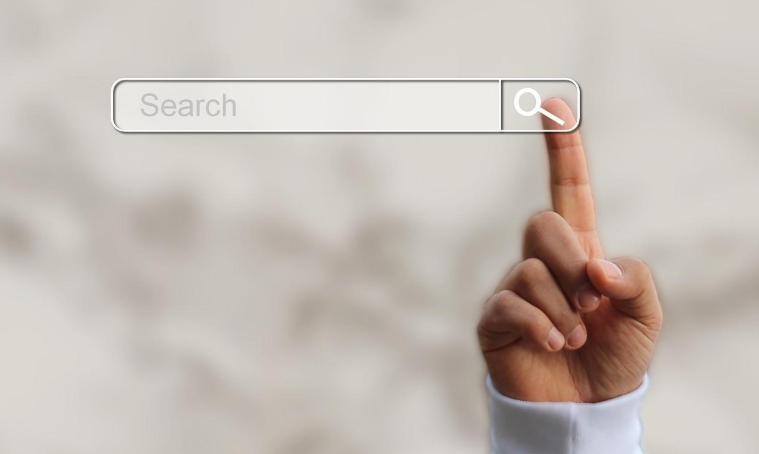Designing a Secure Onboarding Pipeline: From Identity Verification to Passwordless Login

We’ve all been there. You’re trying to sign up for a new service - maybe a bank, a cool new app, or an e-commerce store. You’re met with a wall of forms. "Scan your ID." "Take a selfie." "Enter a code from your email." "Now enter a code from your text messages." It can feel like a digital interrogation. Sometimes, it’s so frustrating you just... quit.
But there's the flip side: We've all heard the horror stories, too. Friends having their accounts hacked, identity theft, and fraudulent charges. The hard truth is that the net is full of bad actors who are trying to pass as you.
This creates a massive challenge for any digital business: How do we welcome with open arms new, legitimate users and slam the door shut on fraudsters? The answer isn't a single tool. It's a complete system. We refer to this as a secure onboarding pipeline. And in this article, we're going to break down exactly what that means, why it's so critical, and how it brings us to a future without passwords.
What Exactly is a Secure Onboarding Pipeline
A secure onboarding pipeline is the full journey from a visitor to a trusted, verified user. Think of it like airport security:
First, you prove who you are at the check-in desk (Initial ID check).
Then, you go through a security scanner (Security screening).
Finally, you show your boarding pass at the gate (Access control).
It's a pipeline of checks, each one building on the last. A digital secure onboarding pipeline works the same way. It seamlessly combines identity verification, fraud detection, and account setup into one smooth-flowing process.
We should care because the alternative is chaos - for both businesses and users. When this pipeline fails, the results are staggering. Businesses are not only losing a small amount of money; they are losing a lot of money. Juniper Research projects that the cumulative merchant losses of online payment fraud will skyrocket past $343 billion by 2027 across the globe.
That’s not some abstract number. That’s money that companies lose, which often gets passed on to us in the form of higher prices. More importantly, it’s a sign that fraudsters are winning. A strong, secure onboarding pipeline is the first and most important line of defense. It protects your future account, your money, and your personal data from the very first click.
The First Hurdle: Robust Identity Verification (IDV)
The entire pipeline rests on one foundational question: "Are you a real, unique human who is who you claim to be?" This is Identity Verification, or IDV, and it’s the cornerstone of trust. An email address and a made-up username just don't cut it anymore.
This goes on both ends: businesses and customers alike. Recently, 31,000 passwords were stolen from Australian bank customers. How to overcome this? Modern organizations are switching to using an identity and access management platform to improve identity verification accuracy.
Some of the best identity and access management tools integrate biometric authentication, multi-factor authentication (MFA), and real-time fraud detection, ensuring that only legitimate users gain access to sensitive information while making it harder for attackers to compromise accounts.
We need to establish a "root of trust," and we do that by linking the digital account to a real-world identity.
Meeting the Regulators: Why KYC is Non-Negotiable
KYC isn't an optional security feature; it's a global legal mandate. Its primary goal is to prevent heavy-duty financial crimes, chiefly money laundering and terrorist financing.
Because of this, governments all over the world impose an identity verification requirement on financial institutions (such as banks, investment platforms, and crypto exchanges) to know their customers. If they don't, they are imposed with massive fines. Therefore, our secure onboarding pipeline is not only safeguarding us, but is a key component in a global battle against crime.
This check takes just a second. For most businesses, building this kind of complex verification and watchlist-checking system from scratch is a massive undertaking. It requires constant updates to global watchlists and deep expertise in compliance.
This is why a lot of companies prefer to collaborate with a specialized vendor. Consequently, finding the best KYC Providers for your business requirements becomes a very essential step. These partners take care of the heavy lifting of compliance while the business focuses on its own product without losing an onboarding pipeline to security and compliance.
Beyond the ID: Layering Your Security (Defense in Depth)
A great secure onboarding pipeline doesn't stop after the ID scan. That's just layer one. Remember the airport analogy? You checked your ID, but you still have to go through the metal detector. Hackers are creative, so we have to be as well.
This concept is called "defense in depth." Think of it like stacking slices of cheese. Every single slice has holes in it. But if you stack 10 slices together, it's highly unlikely that all the holes will line up. We use "invisible" checks in the background to catch what the ID check might miss.
While you're signing up, a good system is also checking:
Device Fingerprinting: Is this a brand new "burner" phone, or is this a device that you've used for years? Is the user attempting to conceal the installation using a VM or Emulator? These are red flags.
Behavioral Biometrics: What is the way you're using the device? Humans type with a rhythm, pause, and operate a mouse with slightly imperfect smooth curves. Bots are stilted, unnatural, and they type perfectly. We can tell the difference.
IP & Geolocation: Does the user's ID indicate that they live in Ohio, and their IP address is coming out of Eastern Europe? That's a huge mismatch. We even verify whether the IP address is known to be used by a VPN, proxy, or Tor node, which fraudsters use to mask their activities.
Email/Phone Risk: Which looks more or less risky, the [email protected] or x7g_[email protected]? You bet. We can verify the "age" (and therefore reputation) of an email or phone number in milliseconds.
Not all attackers are humans. In fact, many are automated "bad bots." The Imperva Bad Bot Report found that a staggering 50% of all internet traffic was made up of automated bots.
Many of these bots are designed to do one thing: create thousands of fake accounts for spam, fraud, or bonus abuse. A simple ID check might not stop them all, but when combined with device, behavioral, and network analysis, our secure onboarding pipeline becomes a formidable wall.
The User Experience (UX) Dilemma: Security vs. Simplicity
This all sounds great, right? We're building an impenetrable fortress. But there's a problem. We just created that 10-minute, five-document interrogation we all hate. This is the ultimate balancing act: Friction vs. Security.
If we make the process too hard (too much friction), legitimate users will give up and go to a competitor. We lose customers. If we make it too easy (too little friction), fraudsters will flood in. We lose money.
So, how do we solve this? We get smart. We use "Progressive Onboarding."
Instead of hitting the user with every check at once, we only ask for the minimum information needed for the user to get value. We then "progressively" ask for more as the user's risk level or actions require it.
Here's an example:
Level 1 (Low Risk): Signing up for a free newsletter.
What we ask for: Just your email address.
What we do: A simple "magic link" to log in. That's it.
Level 2 (Medium Risk): You want to start posting content on that service.
- What we ask for: Now, we'll ask you to verify your phone number or take a quick liveness selfie. This prevents spam and bots from posting.
Level 3 (High Risk): You want to monetize your content or open a bank account.
- What we ask for: Now we pull out the big guns. This is when we trigger the full IDV with the government document scan and biometric checks because money is involved.
This approach is brilliant because it respects the user's time. It builds trust gradually. The user gets to use the product before we ask for their most sensitive data. This transforms the secure onboarding pipeline from a "gate" into a "guided path."
The Grand Finale: Setting Up Passwordless Login
For decades, the final step of onboarding has been the weakest: "Please create a password." And we all know what happens next. We create a weak one, we reuse an old one, or we create a strong one and promptly forget it.
Passwords are the single biggest point of failure in digital security. Hackers don't "hack" like in the movies. They just log in. They buy billions of stolen usernames and passwords on the dark web (from other breaches) and just try them until one works.
The goal of a modern secure onboarding pipeline isn't just to verify a user; it's to eliminate the password from day one.
This is where Passkeys come in. You've probably already seen this on Google, Apple, or PayPal. It's the new standard, championed by the FIDO Alliance, that replaces passwords entirely.
Nothing is transmitted that a hacker can steal. There is no password for them to phish. It is faster, easier, and exponentially more secure. By making this the final step of the secure onboarding pipeline, we set the user up for a lifetime of secure and effortless access.
Our Conclusion: The Digital Welcome Mat
In the end, a secure onboarding pipeline is so much more than a security feature. It's the very first, most critical conversation you have with a user.
For years, we've treated it as a necessary evil - a clunky, awkward barrier. But today, it's an opportunity. It's a chance to show the user that we respect their time (with a smooth, progressive flow), we value their security (with robust, modern checks), and we are a forward-thinking service (by offering a passwordless future).
A great secure onboarding pipeline is the perfect paradox: it's the digital "welcome mat" that also happens to be a bank vault door. And building it right is the new standard for earning and keeping digital trust.




